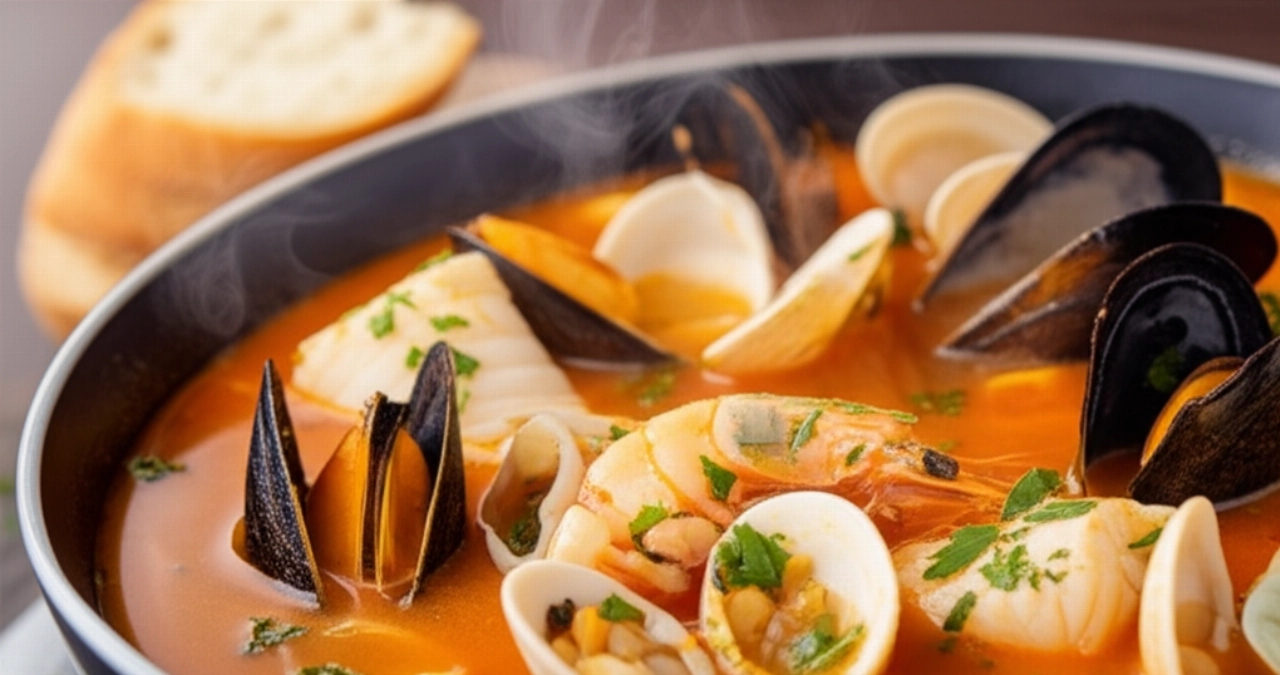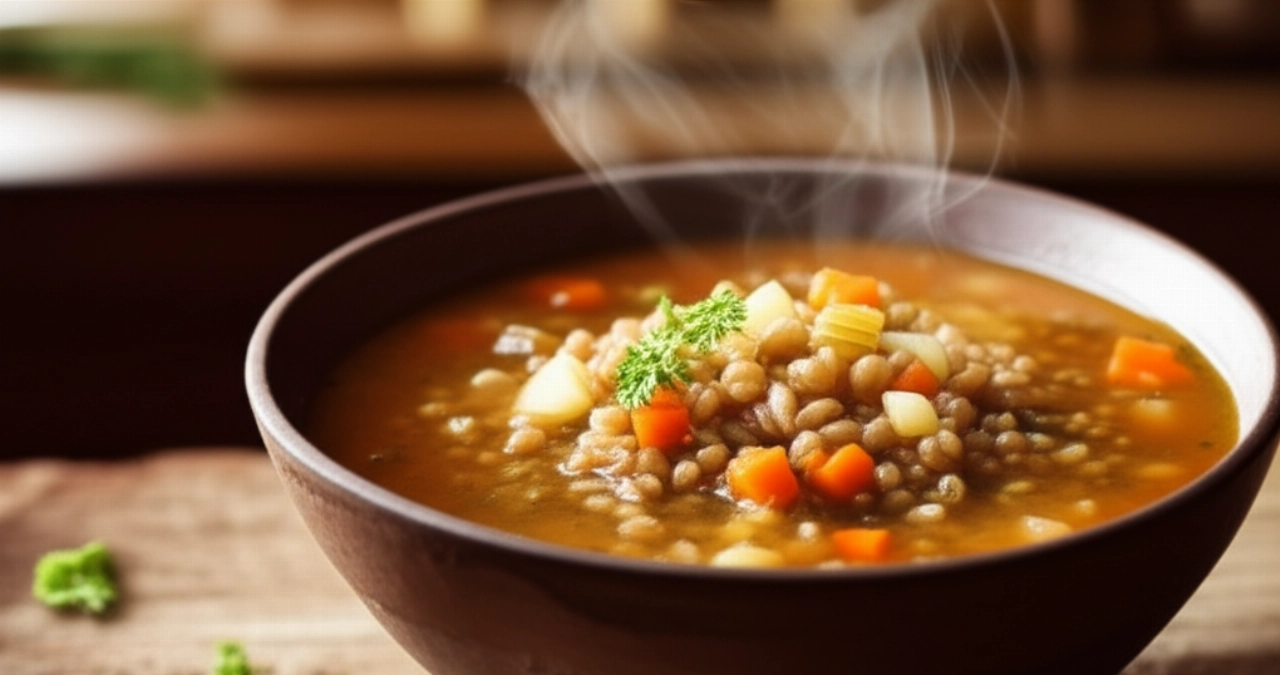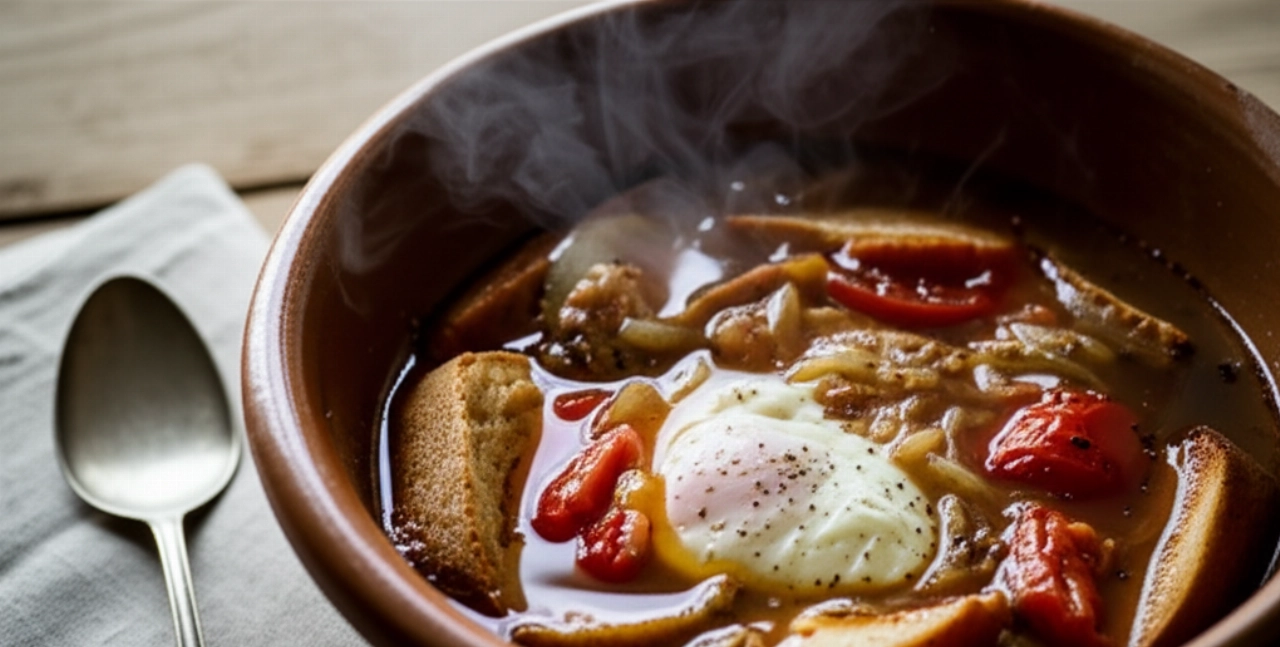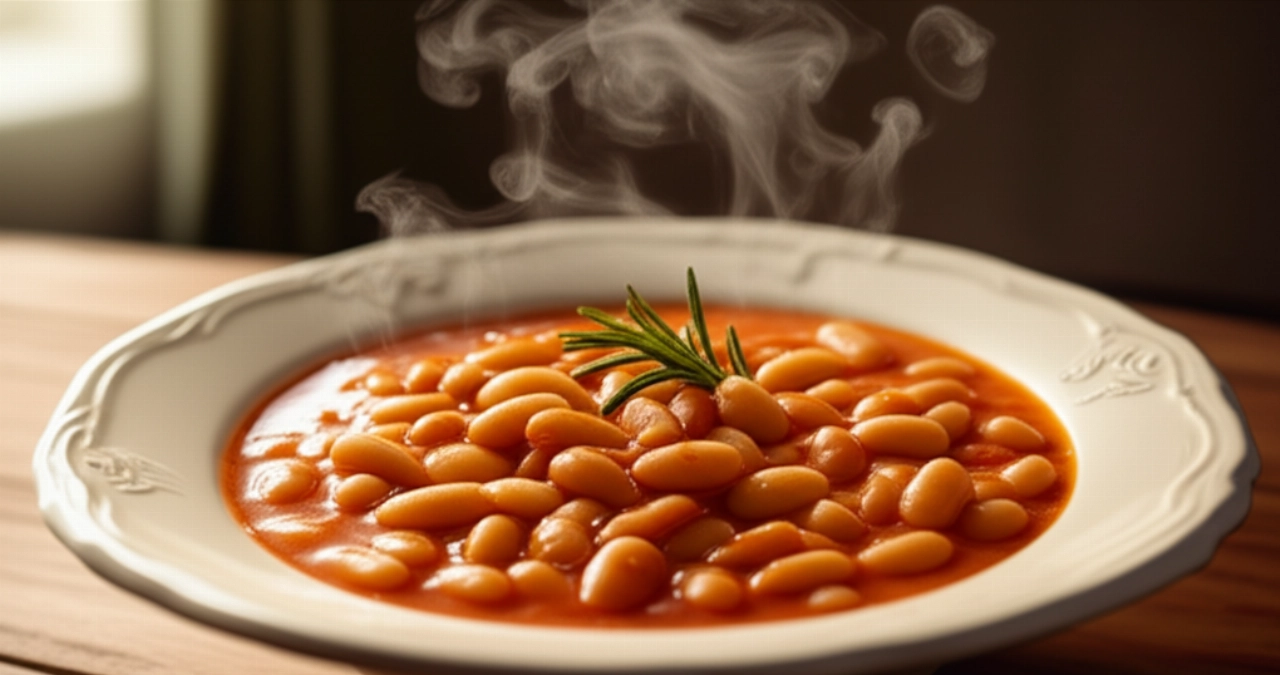There's a scent that speaks of home, of earth, of history. A scent that envelops you and takes you back in time, to when grandmothers prepared simple but incredibly flavorful dishes, capable of nourishing body and soul. I'm talking about Umbrian Imbrecciata, a true hug in a bowl, a legume and grain soup that is the essence of peasant cuisine.
But how many times have you tried to replicate that authentic flavor, only to end up with a bland soup, or with legumes that never cook? Finding the right recipe, one that reveals the true secrets, seems like a daunting task. The fear of wasting precious ingredients and the worry of not achieving that "grandmother's touch" result can be discouraging.
Make yourself comfortable. On this page, you won't just find a list of ingredients, but the definitive guide, full of tricks and tips, to prepare the most authentic and flavorful Umbrian Imbrecciata you've ever tasted. I guarantee that, by following my advice, you'll bring a dish to the table that will make all your guests exclaim "Wow!" Success is guaranteed!
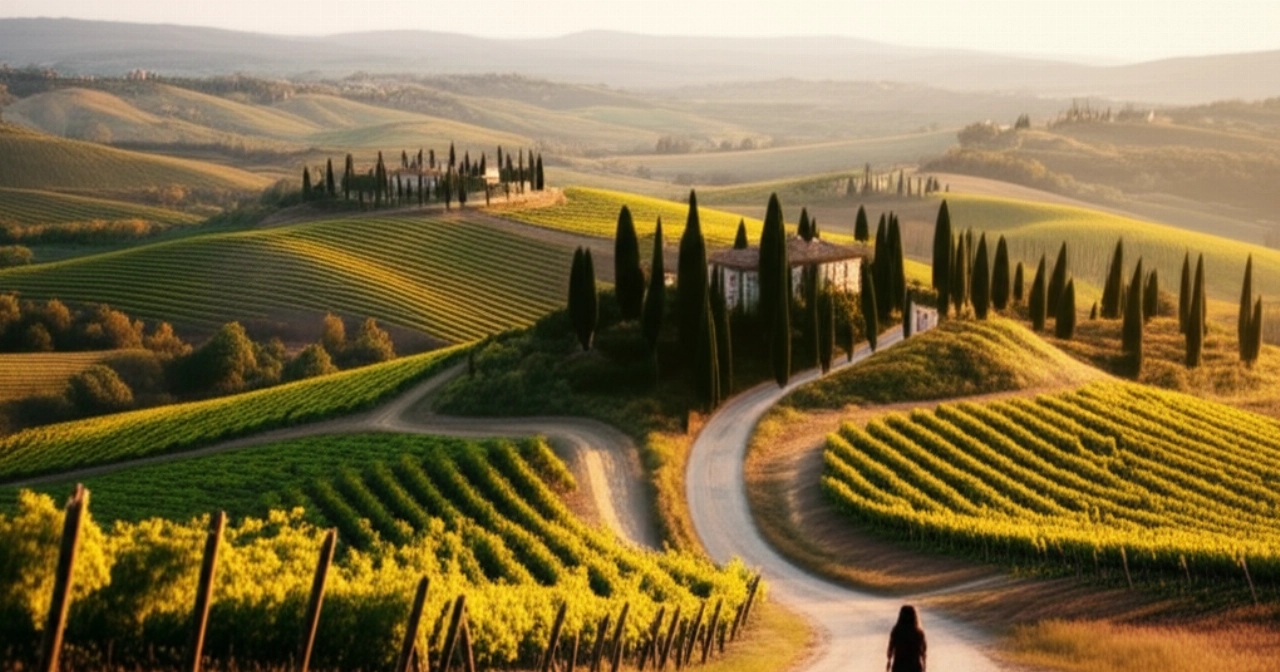
Ingredients for an Authentic Imbrecciata: The Choice That Makes the Difference
Imbrecciata is an ode to biodiversity and the richness of the territory. Every ingredient has its purpose, and choosing them carefully is the first step towards success. It's not just about quantity, but about quality and small details.
- Mixed Legumes (chickpeas, borlotti beans, lentils, grass peas): Variety is key! Choose high-quality dried legumes. Soaking is essential for uniform cooking and to make them more digestible. I recommend a balanced mix for a complex and satisfying flavor.
- Grains (pearled spelt, pearled barley): They add texture and a rustic touch. Pearled spelt and barley don't require prolonged soaking like legumes, but a thorough rinse is always good practice.
- Vegetables for the Soffritto (carrot, celery, red onion): The aromatic heart of the soup. Choose fresh and firm vegetables. Red onion, being sweeter, gives an unmistakable aroma.
- Tomato (passata or peeled): A touch of acidity and color. A good tomato passata, perhaps our homemade one, is ideal.
- Vegetable Broth: Don't use water! A good, carefully prepared vegetable broth is the secret to a flavorful Imbrecciata. You can prepare it in advance or use a good quality granular broth.
- Extra Virgin Olive Oil: The "golden thread" of Italian cuisine. Use a quality one, perhaps from Umbria, for an aroma and flavor that make all the difference.
- Aromatic Herbs (rosemary, sage, bay leaf): Freshness and aroma. Don't skimp, they are essential for the character of this soup.
- Pancetta or Guanciale (optional): For those who love a more decisive and traditional flavor. A small piece browned in the soffritto will release a flavorful fat that will enrich the soup.
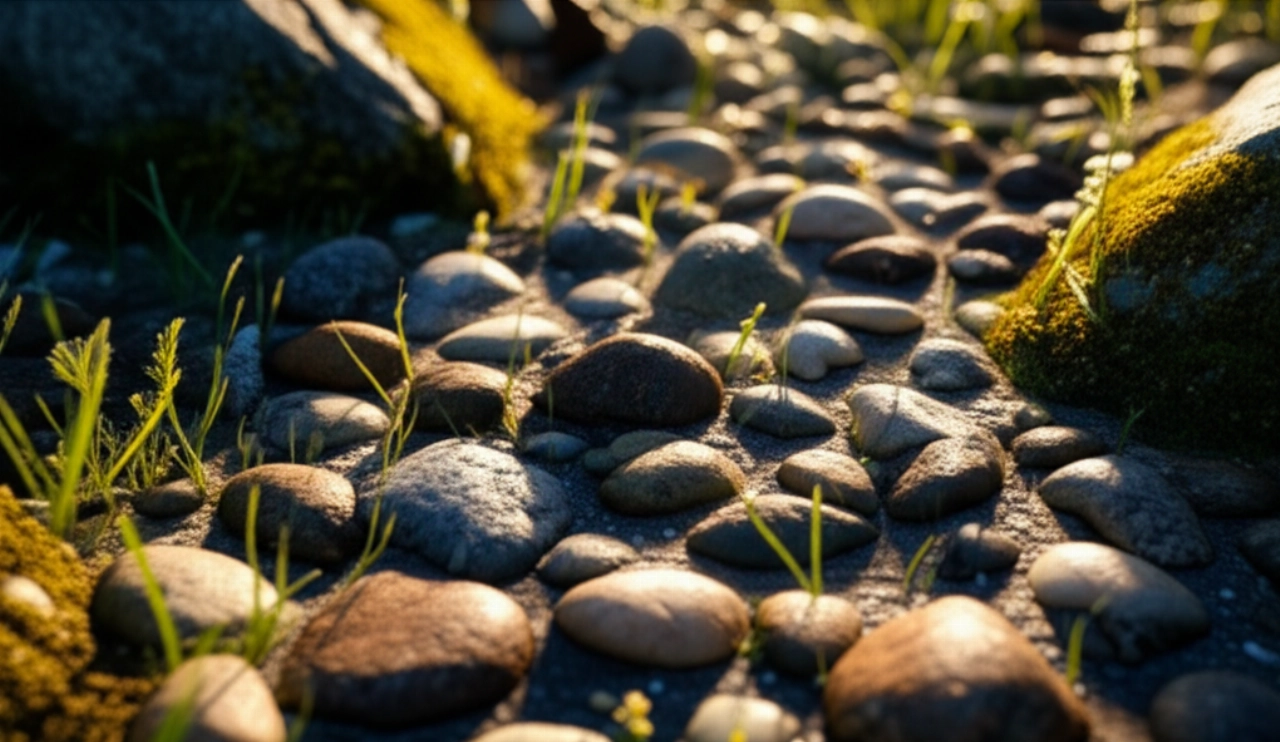
3 Common Imbrecciata Mistakes (and How to Avoid Them)
Even a seemingly simple dish like Imbrecciata can hide pitfalls. But don't worry, I'm here to reveal the tricks to avoid them and guarantee you an impeccable result.
- Not Soaking Legumes (or doing it incorrectly): This is the most common mistake! Soaking not only reduces cooking times but also makes legumes more digestible and eliminates some antinutritional substances. Remember to change the water at least once during soaking and rinse them well before cooking. Each legume has its own times, but for a mix, a 12-18 hour soak is ideal.
- Cooking on Too High Heat: Haste is the enemy of good cooking, especially for legume soups. Slow cooking over low heat allows the flavors to blend perfectly and the legumes to cook uniformly, becoming tender and creamy without falling apart. Too vigorous a boil would make them "break."
- Not Using Good Broth (or not using it at all): Water is tasteless. A homemade vegetable broth is a time investment that pays off in flavor. If you don't have time, choose a high-quality granular broth, but don't underestimate the importance of this liquid. It's the base upon which all the flavor of your Imbrecciata is built.
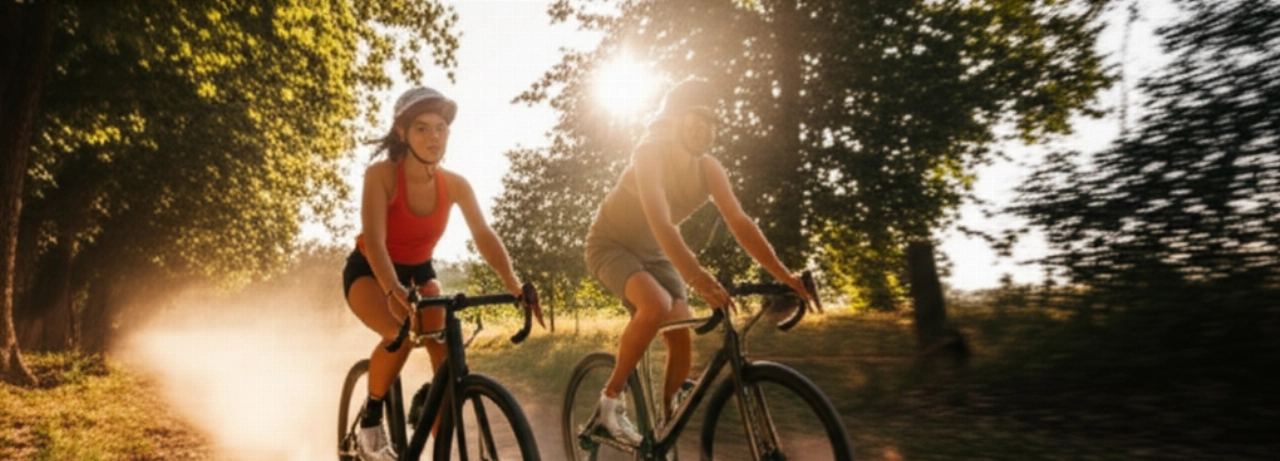
The Extra Touch: The Umbrian Grandmother's Secret for an Unmistakable Flavor
My grandmother, when preparing Imbrecciata, had a little secret that made it truly special. It wasn't an exotic ingredient, but a gesture, an attention. She didn't just make a simple soffritto. After browning the chopped vegetables, she always added a sprig of fresh rosemary and a few whole sage leaves, letting them "fry" for a minute in the hot oil before adding the tomato and legumes. This seemingly trivial step released all the essential oils of the herbs, infusing the soup with an aromatic and deep aroma and flavor that made all the difference. And finally, a drizzle of good quality raw EVO oil before serving. Try it, and you'll feel the magic!
Let's Prepare Umbrian Imbrecciata Together: The Step-by-Step Guide
Ingredients (for 4-6 servings):
- 150 g mixed dried legumes (chickpeas, borlotti beans, lentils, grass peas)
- 100 g mixed pearled grains (spelt, barley)
- 1 medium carrot
- 1 stalk celery
- 1 small red onion
- 200 g tomato passata
- 1.5 - 2 liters hot vegetable broth
- 2 tablespoons extra virgin olive oil
- 1 sprig fresh rosemary
- 2-3 fresh sage leaves
- Salt and black pepper to taste
- Pancetta or guanciale (optional, 50g)
- Toasted homemade bread for serving
Instructions:
- Prepare the Legumes: The night before, soak the dried legumes in plenty of cold water. In the morning, drain them, rinse them well under running water, and set them aside. Pearled grains do not need soaking, but rinse them well.
- Prepare the Soffritto Base: Peel the carrot, celery, and onion. Chop them finely (you can use a food processor, but chopping by hand is better for a more rustic texture). If using pancetta or guanciale, cut it into small cubes.
- Start Cooking: In a large, heavy-bottomed pot (a terracotta pot is ideal), pour the EVO oil. If using pancetta, add it and brown it over medium heat until crispy. Remove it and set aside.
- Sauté the Vegetables: Add the chopped carrot, celery, and onion to the pot (in the pancetta fat or oil). Sauté gently for about 8-10 minutes, stirring often, until the vegetables are tender and translucent.
- Add the Aromatics: At this point, add the sprig of rosemary and the whole sage leaves. Let them "fry" for a minute in the soffritto, releasing their aromas.
- Combine Tomato and Legumes: Pour in the tomato passata and mix well. Let it cook for 5 minutes, then add the soaked and rinsed legumes. Stir to let them absorb the flavor.
- Add the Broth: Cover the legumes with hot vegetable broth. Bring to a boil, then reduce the heat to minimum, cover with a lid, and let it simmer gently.
- Slow Cooking: Imbrecciata takes time. Let it cook for at least 1 hour and 30 minutes - 2 hours, or until the legumes are almost cooked. Check occasionally and add more hot broth if necessary, to keep the soup fluid but not too watery.
- Add the Grains: When the legumes are almost cooked, add the rinsed pearled grains. Continue cooking for another 20-30 minutes, or until the grains are also tender.
- Adjust Seasoning: At the end of cooking, remove the aromatic herbs. Season with salt and pepper. If you used pancetta, add it back to the soup.
- Rest and Serve: Let the Imbrecciata rest for at least 10-15 minutes off the heat. This allows the flavors to blend even better and the soup to thicken slightly. Serve hot, with a drizzle of raw EVO oil and accompanied by slices of toasted homemade bread or croutons.
Tips and Frequently Asked Questions about Imbrecciata
Here are some of the most common questions you might have, with my answers to clear up any doubts.
- Can I use pre-cooked legumes?
- Yes, you can use canned pre-cooked legumes to save time. In this case, rinse them very well under running water before adding them to the soup and reduce the overall cooking times, adding them only in the final phase, after the soffritto and tomato have thoroughly flavored the broth.
- Can I prepare Imbrecciata in advance?
- Absolutely! Imbrecciata, like many legume soups, is even better the next day, because the flavors have time to deepen and blend. Store it in the refrigerator in an airtight container for 2-3 days. When reheating, add a little broth or water if it has thickened too much.
- Can I freeze Imbrecciata?
- Certainly! It's perfect for freezing. Let it cool completely, then portion it into airtight containers or freezer-safe bags. It keeps for about 3 months. To thaw, leave it in the refrigerator overnight or reheat it directly over low heat, adding broth if necessary.
- What other grains or legumes can I use?
- The beauty of Imbrecciata lies in its versatility! You can experiment with other legumes like cannellini beans or black-eyed peas, or grains like brown rice or quinoa, although spelt and barley are the most traditional. The important thing is to respect the specific soaking and cooking times for each ingredient.
- How can I make Imbrecciata vegetarian or vegan?
- It's very simple! Just omit the pancetta or guanciale from the soffritto and make sure to use a pure vegetable broth, without animal derivatives. The flavor will still be rich and satisfying thanks to the vegetables, legumes, and aromatic herbs.
There you have it! Now you no longer just have a recipe, but all the secrets to bring a dish to the table that tastes of home, tradition, and love. A dish that will make you feel like a true guardian of Italian cuisine, capable of delighting anyone with an authentic and comforting flavor.
Don't be afraid to experiment, but start from this solid base and you'll see that applause won't be lacking. Cooking is a gesture of creativity and sharing, and with this Imbrecciata, you'll be a true artist!
Have you tried our recipe? We're very curious to see your masterpiece! Leave a comment below, tell us how it went, or share a photo on Instagram by tagging @CercaRicette.it. If you loved this soup, you can't miss our recipe for a Homemade Vegetable Broth or an Umbrian second course like Umbrian Crescia Sfogliata to accompany it.
